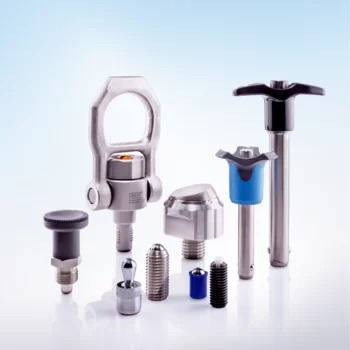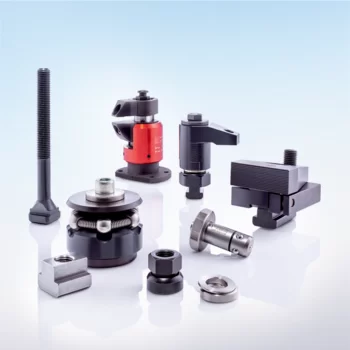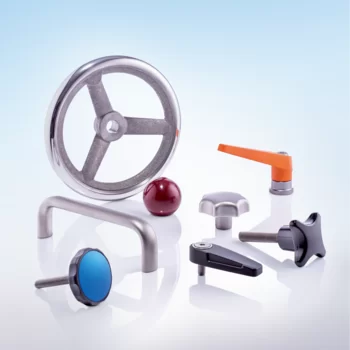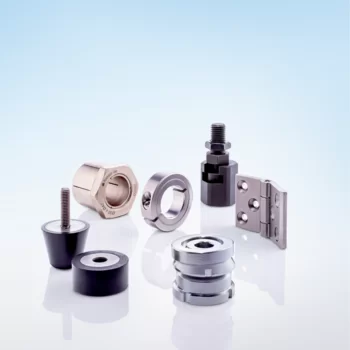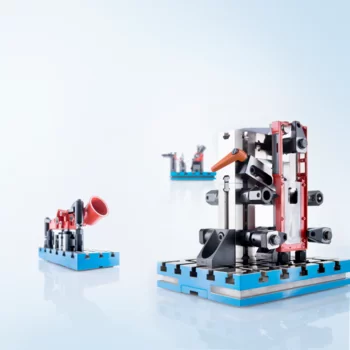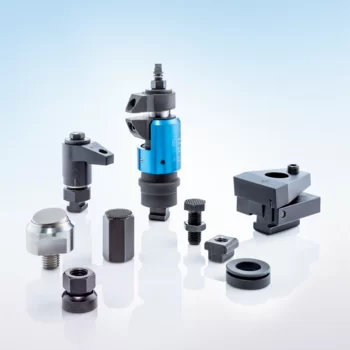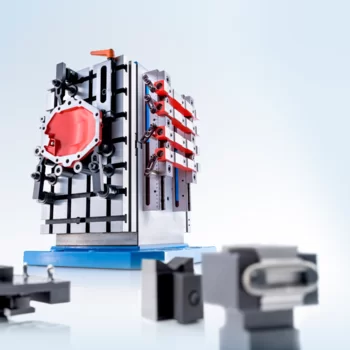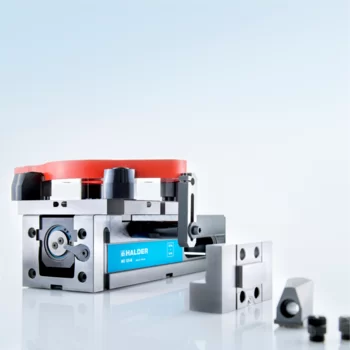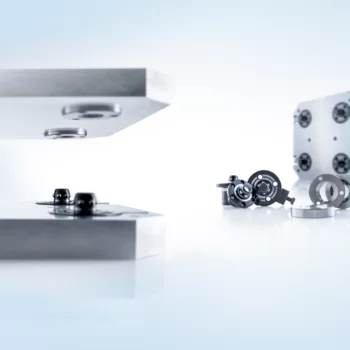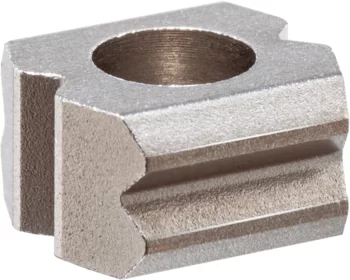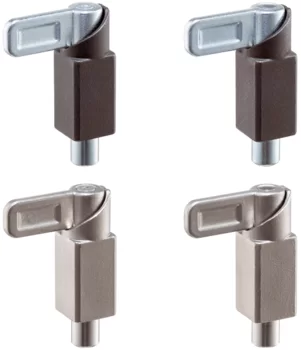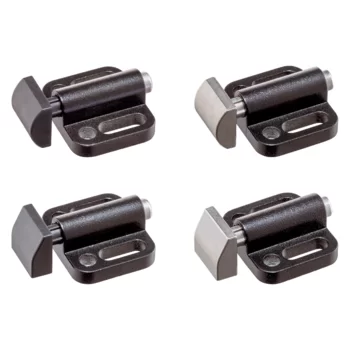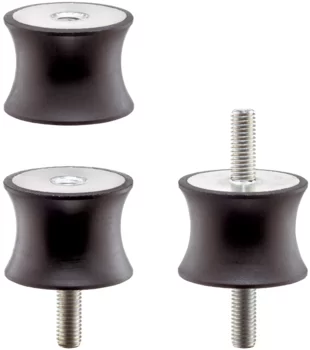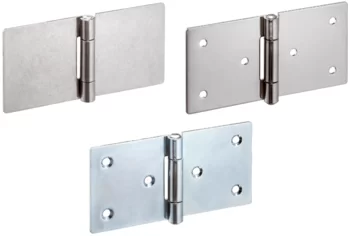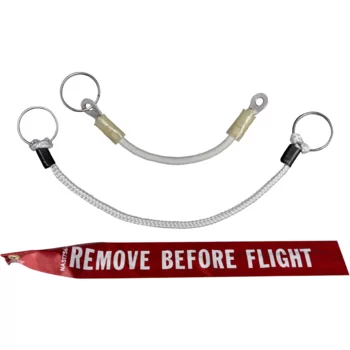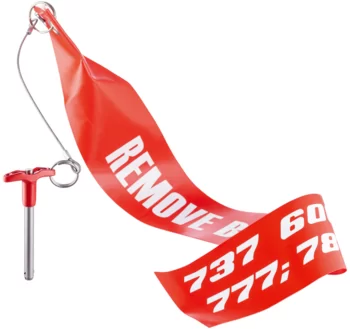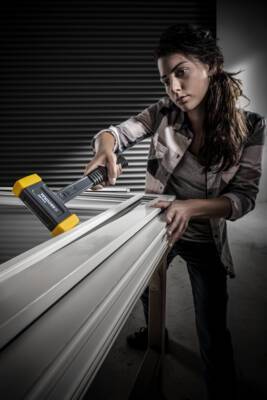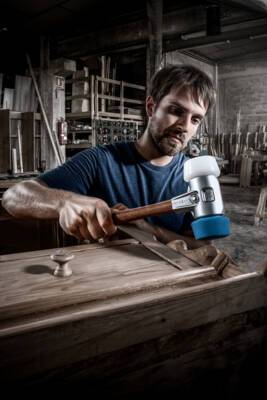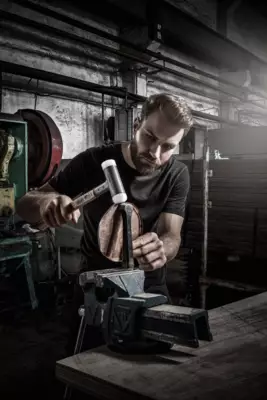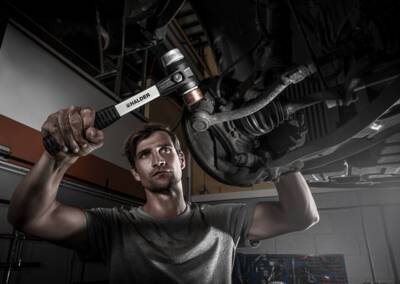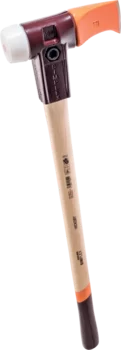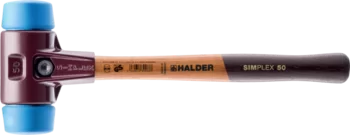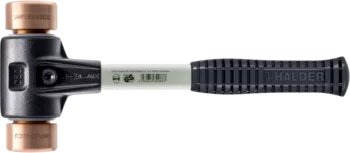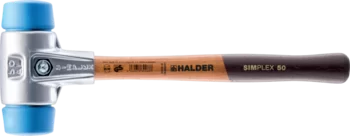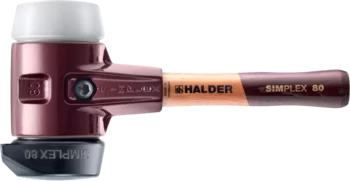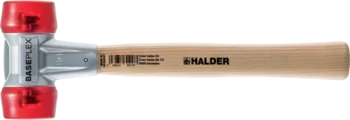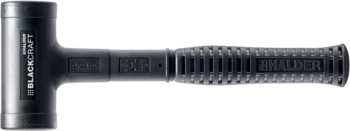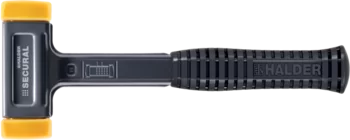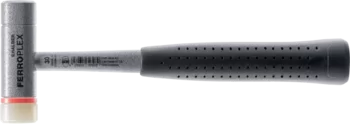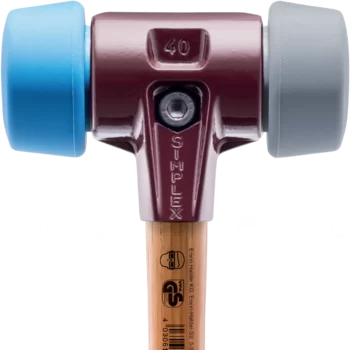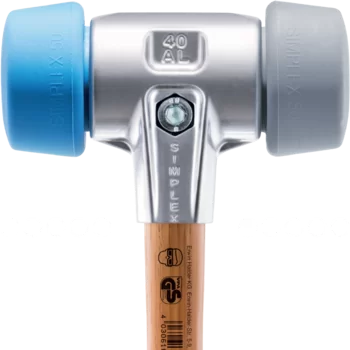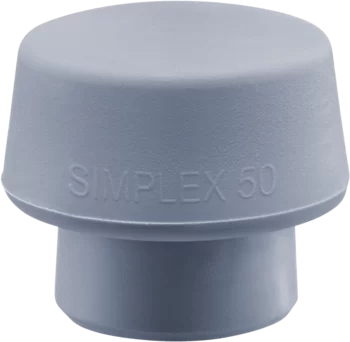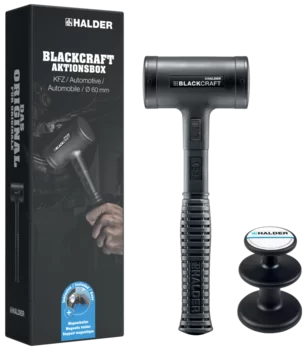Superior quality from the ball lock pin to each individual component
Comprehensive portfolio of standard parts that satisfy NASM standards
For years now, the number of aviation passengers have been steadily on the increase, turning the aviation industry into one of the world's largest growth markets. The industry attaches top priority to immaculate quality during the production of aircraft components and, naturally, lays down these quality requirements in a myriad of standards - not only for safety reasons but also under the aspect of long-term durability. Their long years of experience in the production of standard parts makes Erwin Halder KG ideally suited to serve this industry as a dependable partner. Aside from carrying a standard portfolio of premium ball lock pins, the company manufactures and installs custom solutions that are tailored to the needs of the aviation industry.
In the aerospace industry, in particular, precision and high quality are crucial for ensuring the necessary safety and comfort. It is for this reason that all suppliers to the aviation industry must meet the most stringent standards. As an authorised supplier for Airbus, Erwin Halder KG is in compliance with EN 9100 D and was certified for production in compliance with aviation industry standards according to EN 9100:2016. What is more, the company was also granted certification by the German Federal Aviation Administration (according EASA Part 21G) in 2013.
Premium ball lock pins in accordance with aviation industry standards
The ability to document and trace back each individual component is imperative in this regard. When disaster strikes, it must be possible to clearly establish the origin of the faulty component responsible. This is why Erwin Halder KG tests every part following a rigid test protocol. “We subject even the smallest parts - such as our self-locking ball lock pins - to rigorous testing in accordance with aviation standards”, explains Marcel Ottenschläger, Product Area Director – Aviation at Erwin Halder KG. “We manufacture and test small standard part used for fastening, locking, adjusting, changing and securing in accordance with NASM (MS / NASM 17984 through 17987) and NAS 1332, respectively.”
Ball lock pins are a superb choice when it comes to providing connections that need to be released with great frequency, making them the perfect little helpers during maintenance on aircraft. “When performing MRO jobs, the workers use them, for instance, to fasten protective covers that must and can be removed swiftly and easily when the work is done. To remind the workers of the need to remove them prior to the next flight, we attach warning flags to the pins that read “Remove Before Flight”, adds Marcel Ottenschläger. Halder has now added these warning flags according to NAS1756 to their portfolio and carries them in two lengths (300 or 600 mm). They are made of a durable brilliant polyester fabric with PVC and come with a crimson coating (RAL 3002). Ball lock pins are also used in structural components of the aircraft cabin, e.g. as fasteners for the overhead bins. Their ease of use makes the task of rearranging the cabin quick and easy.
Simple mode of operation, major effect
How do ball lock pins work anyway? All you need to do to fasten the connection is to slip the pin through the bore hole. The balls at the bottom end will then lock into place automatically. To detach, merely press the push button at the upper end of the pin. This will release the locked balls. You will then be able to remove the ball lock pin with perfect ease. When released, the button is pushed back to its original position by the spring. This mechanism allows for the quick connection and release of two parts without the need for any additional tools - in contrast to conventional screw connections.
Erwin Halder KG offers their ball lock pins in accordance with aviation industry standards with a button handle, a T-handle, an L-handle and a ring handle. Depending on the version selected, they are available with diameters and clamping lengths ranging from, respectively, 3/16 to 9/16 inches and 0.3 to 8 inches. All individual components of the ball lock pins are made of precipitation hardened and passivated stainless steel. The handles are manufactured using black anodised aluminium, while the attaching rings are made from passivated stainless steel. We also make the CAD data associated with all of our ball lock pins available for download in various formats. Aside from ball lock pins included in their standard range, Erwin Halder KG also offers customised versions that are tailored to the exact requirements of the customer.
Wide manufacturing range for customer-specific components
In their capacity as a certified manufacturing company, the company also makes customised components and assemblies for the aviation industry based on drawings (Build to Print). Marcel Ottenschläger: "In the aviation industry, complicated geometries are often required, particularly for special solutions. However, such geometries can only be manufactured on conventional machine tools with difficulty. And, if these geometries should also consist of demanding materials, such as titanium and high-alloy stainless steel, the manufacturing does not become any easier. Consequently, we keep investing in our production facilities.” These investments allow Erwin Halder KG to offer an extensive range of manufacturing services - which, better still, is not limited to the aviation industry. Particularly, powerful machining centres for turning and milling are outstanding tools for the task of machining complicated part geometries from challenging materials. The company's range of services is rounded off by plants designed for water jet cutting.
Ball lock pins are a superb choice when it comes to providing connections that need to be released with great frequency, making them the perfect little helpers during maintenance on aircraft.
This allows Erwin Halder KG to offer an extensive range of manufacturing services. Particularly, powerful machining centres for turning and milling are outstanding tools for the task of machining complicated part geometries from challenging materials.
Marcel Ottenschläger, Product Area Director – Aviation at Erwin Halder KG.
Downloads:
